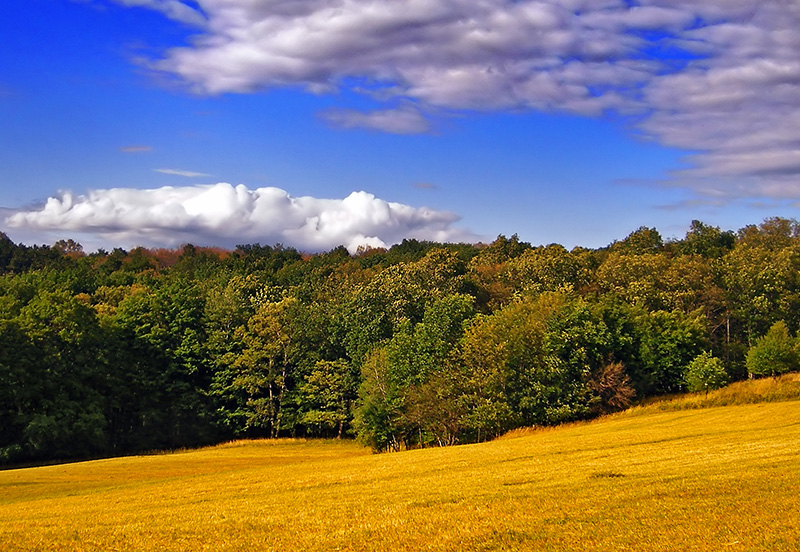

‘routes’, thus indicating the significant role of mobility in the process of identification and the construction of Otherness. Cultural and Postcolonial Studies have contributed to rethinking cultural borders, to highlighting the complexities of multiple, at times intersecting, ‘modernities’ besides the West, and to reconsidering ‘roots’ vs. In the wake of the decolonisation era, the vertical centre-periphery model has given way to new conceptions of North-South and South-South relations.

London: Vintage, 2002 6.ĥThe current globalisation period seems to have erased many borders in a ‘liquid’, hyperconnected, transnational, transcultural world. They are also sites of encounters, agony and regeneration. From the chars of Bengal to the disputed post-Partition borders of Pakistan or Bangladesh, from the trading city of Abu Dhabi to the forest encampments in Mayotte, those borderlands have a rich history of both relegation, mingling and conflict. Others settle there for generations and live on cultural, economic and social discontinuities. Borders are borderlands, thick contact zones into which people, whose journey has been interrupted by legal and physical fences, find refuge in border towns or gather in shabby camps waiting for an opening. They are thresholds that can be crossed, liminal spaces that allow interactions, passage and flow of people, migrants, refugees, goods and capitals, knowledge and ideas, cultures and identities. Borders can be more blurred, fuzzy and subjective than one may think.ģBesides, following the path of rivers or mountaintops, traversing deserts or crossing seas, borders are more often than not ecological ecotones as well as sites of experimentation and cultural innovations. 4 Some check points transforming emigrants into immigrants are more transient than permanent. Some remain unstable for decades and continue to exist as loose demarcation lines and objects of constant disputes between two nation states.

Paris: Le Seuil, 2010.ġBorders, whether physical, geopolitical, social, or cultural, are ontologically ambivalent.



 0 kommentar(er)
0 kommentar(er)
